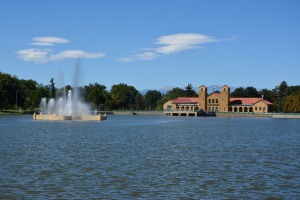
Ferril Lake Without Algae Photo Credit: Rolf Krahl
Ferril Lake in Denver’s City Park is a favorite summer stop for those looking to relax in the sun or take a trip around the lake in a paddle boat. Last summer, a perfect storm of heat and increased nitrogen from goose droppings allowed algal blooms to thrive. Blooms of up to 10 feet thick sprung from the lake’s bottom and, at one point, coated nearly ninety percent of the surface—sidelining paddle boats, releasing a foul stench, destroying the aesthetics of the lake and causing additional ecological issues below the surface.
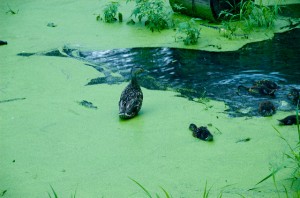
Photo Credit: Justin Henry
The presence of blue-green algae, known as cyanobacteria, in Ferril Lake is not uncommon. An increase in nutrients—nitrates and phosphates—along with increasingly warm temperatures, encourage the growth of cyanobacteria in lakes, streams, ponds and other surface waters. For years, the city of Denver has been looking for solutions to the now annual, and growing, issue.
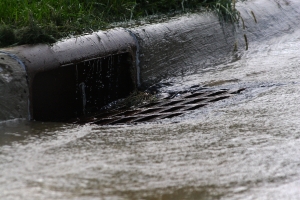
Urban Runoff Photo Credit: Robert Lawton
In the case of Ferril Lake, the algal bloom is a result of non-point pollution sources—urban runoff (grease, oil and chemicals) from Denver’s streets and the aforementioned goose droppings. Other non-point pollution sources include the excess use of fertilizers, herbicides and insecticides from large-scale agriculture, as well as home gardens, energy production and sediment.
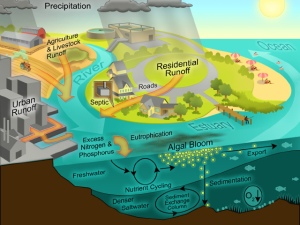
Photo Credit: Hans W. Paerl
The presence and exponential growth of algae blooms in water sources deplete the water of dissolved oxygen, killing aquatic plant and animal life that depend on specific oxygen levels for survival. Without an increase in oxygen through treatments or during seasonal turnovers, lakes overrun with algae blooms will eventually “die,” unable to support life again.
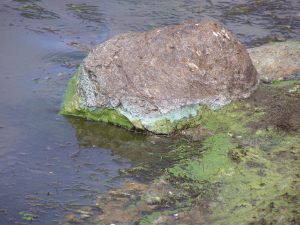
Photo Credit: Mary Cousins
In certain conditions, the cyanobacteria will also produce cyanotoxins, which are harmful to the environment, animals and humans, whether through direct contact, inhalation and/or ingestion. Human symptoms range from headaches, stomach cramps and allergic reactions to more severe cases of seizures and respiratory arrest. In the most extreme cases, contact with cyanotoxins can also lead to death. Coloradans in rural and urban areas are working together to monitor and address these threats to our water quality and public health.
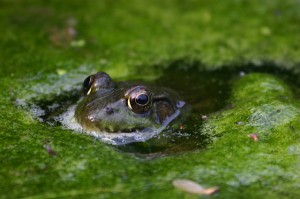
Photo Credit: Grendel Kahn
Learn more about cyanotoxins, algal blooms, public health and efforts to reduce nutrients in our water with a FREE webinar tomorrow Thursday, 4/13, at 9 a.m. Hear how municipal recreational lakes are monitoring and working to reduce algal blooms, learn about agricultural producers coming together and implementing best practices to minimize nutrient runoff and discover the basics of toxic algal blooms. Come ready to ask questions!
Offered in partnership with Colorado Water Congress with support from Colorado Department of Public Health and Environment.
Register here: https://attendee.gotowebinar.com/register/82877169749383938

 Print
Print
Reblogged this on Coyote Gulch.